 Of course I read this book right away after buying it last weekend. It’s just about the only fiction I bought, as I don’t tend to browse those tables at large book sales. But this was on the Collectibles/Antiquarian tables as it’s a signed first edition from 1983. Which makes it both.
Of course I read this book right away after buying it last weekend. It’s just about the only fiction I bought, as I don’t tend to browse those tables at large book sales. But this was on the Collectibles/Antiquarian tables as it’s a signed first edition from 1983. Which makes it both.
Also, I should note that right about the turn of the century, I read through the Robert B. Parker books in order to that point. It was before I was blogging and before I was writing book reports, so I don’t have any way to review what I thought about them then. But twenty years later, with the early twenty-first century Parkers and the Atkins/Brandman/Coleman continuation of Parker’s series between now and then, I am putting my thoughts down which are only a little about the book and more about the oeuvre and its impact on my youth. I’ve mentioned it before (see my thirty-year-old essay Meeting Robert B. Parker), gentle reader, but all those people coming in from Google in the coming years won’t have heard the story a hundred times before.
So, where are we in the series? Susan has gone off to Washington to work. So it’s before Valediction when she goes out west. And before A Catskill Eagle and before the television series, which I think influenced his work to where the books later become mostly dialog and repeats.
At any rate, the plot: A congressman and Senate candidate comes to Spenser because he needs a head of security, and Spenser’s at loose ends so he hires on. He discovers someone is blackmailing the congressman to drop out and endorse his opponent. The congressman’s wife apparently likes to drink and has ended up videotaped having sex with a younger man. Spenser vows to find out who did it and how to extricate the congressman without exposing his wife or even letting the wife know what is going on. Because the congressman love-loves his wife, you see. Or maybe that should be capitalized as Love because their relationship is drawn to parallel Spenser and Susan’s. Spenser discovers that the son of local mobster Joe Broz, Gerry Broz, is doing a little dealing and grifting on his own to impress his father, and when things go a little sideways, the son asks his father’s second to help clear it up without the father’s knowledge.
When analyzed kind of like I do the Executioner books, I break it into a couple set pieces of actual detecting between sections of self-analysis and conversations with the other characters, and I see how few action set pieces there actually are. Of course, the book clocks in at under 200 pages, so it’s not a Jack Reacher or other modern suspense novel–and it owes as much to John D. MacDonald as it does to Raymond Chandler or Ross MacDonald. But the pieces fit all right together with a balance between them which added deft depth to the genre.
As I read this, I recognized why I loved these books as a kid. They’re suspense novels, with the Spenser being arch and tough and well-read and philosophical, musing (again) on self-definition and introducing some conceptions on what means for Spenser to Love (or love-love) Susan. The kind of thing that a boy growing up without a father and prone to reading books might come to idolize.
Ah, but the seeds of the things that later turned me off to Spenser novels are present. The introspection on what love is and how it can best serve Feminist-driven female self-discovery zeitgeist (here only the woman being free to be herself whilst Spenser Loves or love-loves her). Although the MacGuffin of the congressman’s wife’s infidelity here is treated not so much as that it’s morally wrong but impractical and possibly neurotic, it would be almost thirty years before it would be something to celebrate (as in the repellent Split Image). We also get the starts of Deus Ex Mafia, where the resolution is a negotiated settlment between Spenser and some crime figure who comes to believe, possibly after an attempted hit, that coming to terms with Spenser is easier and safer than killing him. I guess the negotiated settlements started out earlier–God Save the Child and Early Autumn come to mind–but in later novels, negotiated settlements with actual criminals seem to become the norm. Or maybe I don’t remember them as well because I did not read them in my formative years and because I only read them once.
On one hand, reading this book reminded me of why I liked the earlier Spenser novels and almost makes me want to re-read them up to maybe Valediction. I mean, I re-read Early Autumn fairly regularly in my formative years and even gave it as a gift to one or more friends that I thought could use some encouragement in self-definition.
But I have so many other books to read, so I will likely hold off on that unless I find other signed first editions on collectible tables in the future.
As it stands, the hardback I already owned of this title was a Book Club Edition. So I seriously upgraded my collection with this $7.50 purchase. Which could well be my last addition to the collection unless the Spenserian Sonnet limited edition falls into my lap. I see that the Wikipedia entry for Robert B. Parker’s bibliography does not include his dissertation The Private Eye in Chandler and Hammett or Parker on Writing, both signed and numbered limited editions nor his signed and numbered sonnet; I have two of three in my collection as I was a serious collector for a while around the turn of the century. But, ah, the loss of heroes, ainna?



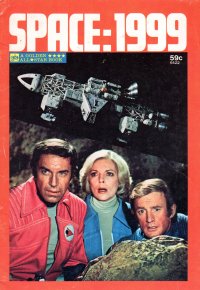 When I bought this book
When I bought this book  I bought this picture book
I bought this picture book 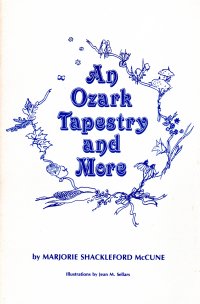 This is the second of the chapbooks that I bought
This is the second of the chapbooks that I bought  As you might have expected, gentle reader, I dove right into the chapbooks and art monographs during the second week of football. As I watched most of three games, I had plenty of time in between plays to read a poem or look at a picture and caption. Given how my attention during football games these days focuses mostly on the books and a little on the football game makes me think that maybe watching football is more of an excuse to read during the day than actual love of football.
As you might have expected, gentle reader, I dove right into the chapbooks and art monographs during the second week of football. As I watched most of three games, I had plenty of time in between plays to read a poem or look at a picture and caption. Given how my attention during football games these days focuses mostly on the books and a little on the football game makes me think that maybe watching football is more of an excuse to read during the day than actual love of football.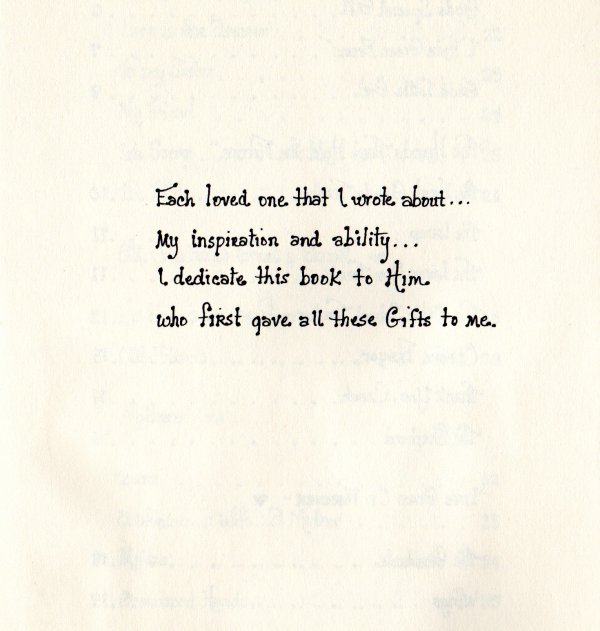
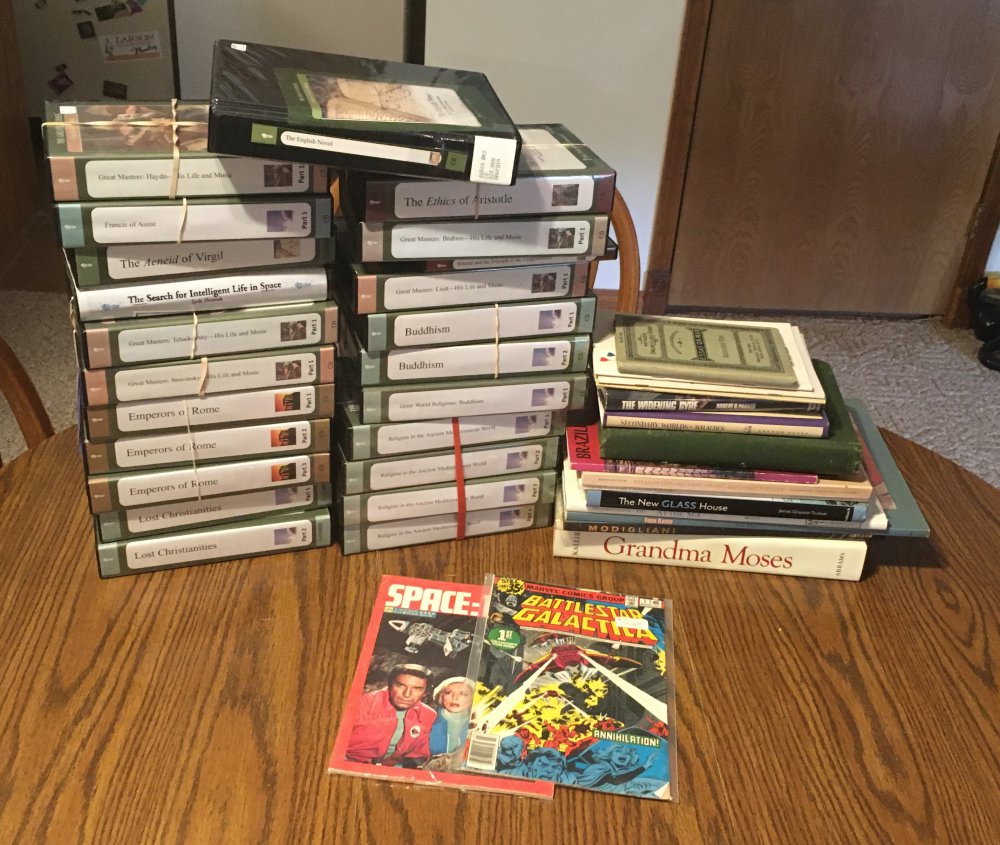
 I miss Jerry Pournelle’s Chaos Manor blog. I used to read it all the time, and I corresponded with Dr. Pournelle from time to time–he cited me on the blog a couple of times, and he bought my poem for
I miss Jerry Pournelle’s Chaos Manor blog. I used to read it all the time, and I corresponded with Dr. Pournelle from time to time–he cited me on the blog a couple of times, and he bought my poem for  This book report is likely to look a lot like the book report for
This book report is likely to look a lot like the book report for 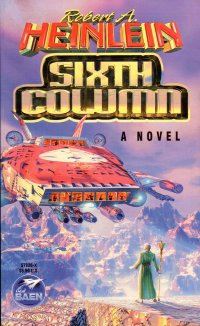 This Heinlein book comes from a 1941 magazine, a 1949 book edition, and then a fifth Baen paperback printing from 1999. That is to say, the book was in print fifty-eight years later. The cover has a retro-video game look to it that might make you think this is one of the juvie rocket-jockey things, but it’s not.
This Heinlein book comes from a 1941 magazine, a 1949 book edition, and then a fifth Baen paperback printing from 1999. That is to say, the book was in print fifty-eight years later. The cover has a retro-video game look to it that might make you think this is one of the juvie rocket-jockey things, but it’s not.
 I bought this book
I bought this book 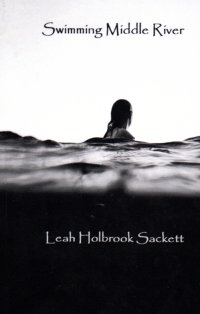 I worked with Leah a bit fifteen or so years ago when she was Leah Holbrook and did some freelance copywriting for the interactive agency where I worked. I saw last week on LinkedIn that she had published a book, so of course I ordered it. Friends, if you publish a book or your kid releases a CD, I will buy it. I will even get tickets to a musical if you’re in it, which fortunately does not happen terribly often, as tickets to Jesus Christ Superstar for my whole family runs to almost two hundred bucks. I prefer the fifteen dollar books or CDs, thanks.
I worked with Leah a bit fifteen or so years ago when she was Leah Holbrook and did some freelance copywriting for the interactive agency where I worked. I saw last week on LinkedIn that she had published a book, so of course I ordered it. Friends, if you publish a book or your kid releases a CD, I will buy it. I will even get tickets to a musical if you’re in it, which fortunately does not happen terribly often, as tickets to Jesus Christ Superstar for my whole family runs to almost two hundred bucks. I prefer the fifteen dollar books or CDs, thanks. This is the first collection of poetry I spotted on my to-read shelves after
This is the first collection of poetry I spotted on my to-read shelves after 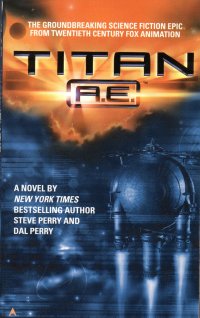 Ever since I bought this book at the Friends of the Kirkwood Library book sale
Ever since I bought this book at the Friends of the Kirkwood Library book sale 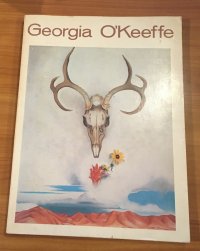 I bought this book in June at
I bought this book in June at 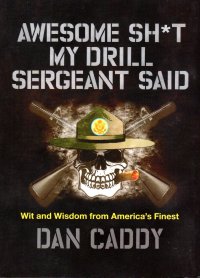 I forget where I saw this book listed most recently on the Internet, but I bought a copy for my former Marine brother and a copy for myself. As I had just finished an Executioner novel (
I forget where I saw this book listed most recently on the Internet, but I bought a copy for my former Marine brother and a copy for myself. As I had just finished an Executioner novel ( I have mentioned before that I read Jong’s How To Save Your Own Life, her 1975 sequel to her seminal novel Fear of Flying a long time ago, before I started writing book reports on this blog. I never read Fear of Flying, though. And I’ve read some about it (mostly Wikipedia) that says Fear of Flying was an empowering bit of second-wave feminism. I guess it fit into the zeitgeist of the time, when the early boomers were coming of early middle age (well, their 30s, which was middle aged in those days), and Erica Jong became a thing.
I have mentioned before that I read Jong’s How To Save Your Own Life, her 1975 sequel to her seminal novel Fear of Flying a long time ago, before I started writing book reports on this blog. I never read Fear of Flying, though. And I’ve read some about it (mostly Wikipedia) that says Fear of Flying was an empowering bit of second-wave feminism. I guess it fit into the zeitgeist of the time, when the early boomers were coming of early middle age (well, their 30s, which was middle aged in those days), and Erica Jong became a thing.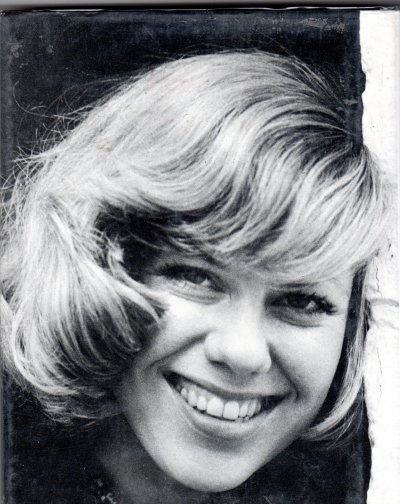
 Not longer after finishing the Medellín trilogy with
Not longer after finishing the Medellín trilogy with 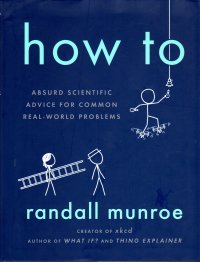 I bought this book at Books-a-Million
I bought this book at Books-a-Million